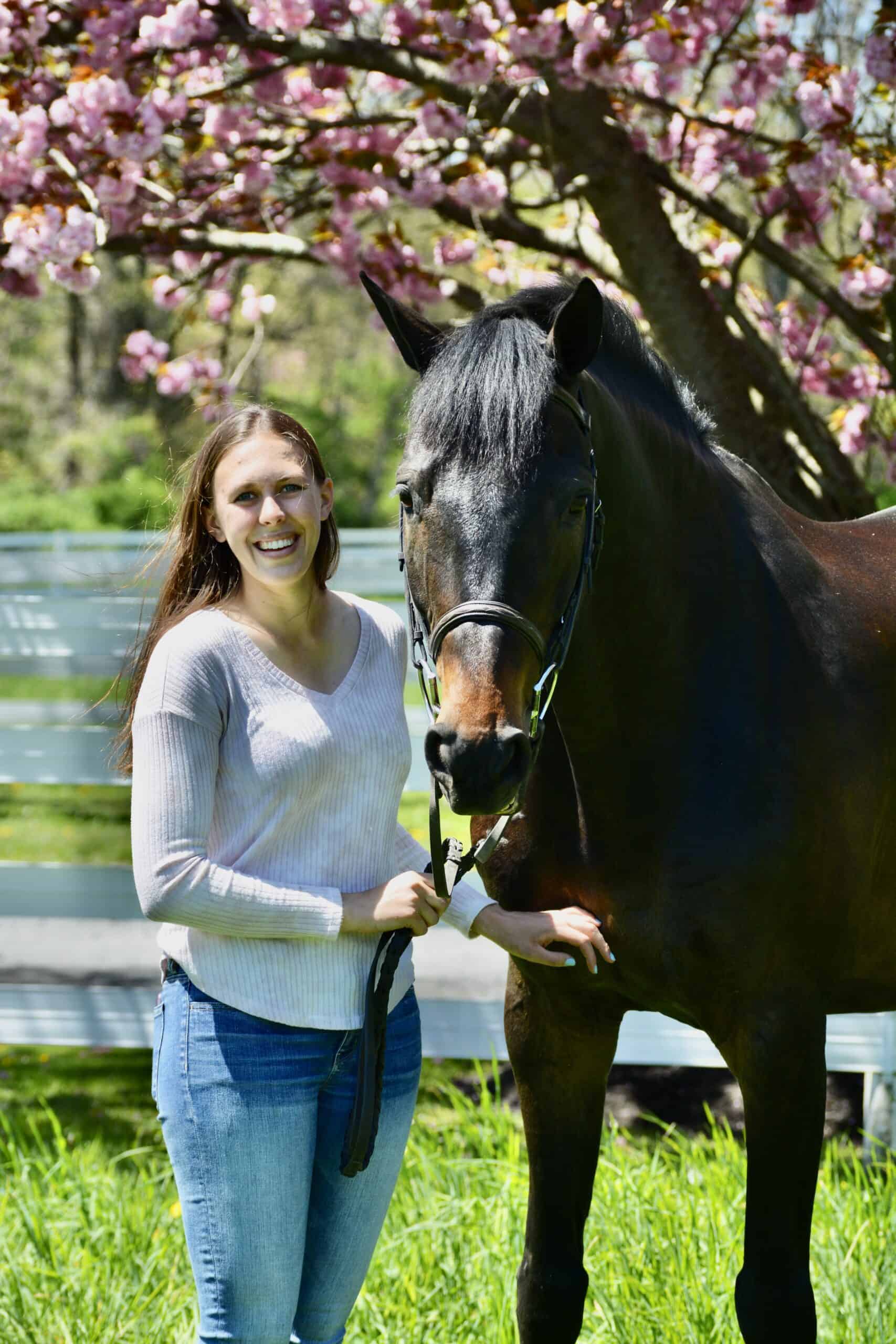Intentional Diversity in the Veterinary Profession

Diversity in the veterinary profession is critical to not only practice culture and employee satisfaction but also successful case outcomes. Diversity of people and perspectives can allow for more dynamic collaboration and improved problem-solving skills within the team environment, which can translate to improved patient care. “Diversity intersects age, sexual orientation, race, gender, ethnicity, physical abilities and qualities, etc.” said Latonia Craig, EdD, AVMA chief diversity, equity, and inclusion officer, during her presentation at the 2023 American Association of Equine Practitioners convention, held Nov. 29-Dec. 3 in San Diego, California. Diversity can be achieved when an organization makes deliberate efforts to actively seek, value, and incorporate differences into the workplace environment, she added.
For the profession to fully realize diversity in its practices, the leaders should work to cultivate inclusion through power, voice, and organizational culture. Individuals want to feel a sense of belonging in their workplace or space, said Craig. “They want to feel needed, invited, welcomed, known, and accepted,” she added. “We are all rooted in the need to belong.”
Inclusion doesn’t merely entail being part of an organization; it also involves being respected to the extent you feel valued.
Improving Representation in Equine Practice
Although diverse representation in equine practice is important, it is only one part of the equation for creating a more inclusive workspace. Craig recommends that practice leadership consider these factors to help improve diversity within their organizations:
- Education: Provide resources on diversity (reading materials, workshops, etc.), equity, and inclusion (DEI) and how to cultivate them in the veterinary workplace.
- Exposure: Broaden awareness to veterinary careers among diverse groups.
- Engagement: Cultivate belonging and active participation in the veterinary community.
Practical Ways to Cultivate Diversity
When creating a more diverse and inclusive environment, Craig recommends that practice owners and leaders implement what she calls “stay interviews” to ask employees what they feel they need to thrive and belong in their workplace or space. “The key aspect here is to check back with them to ensure the modifications you implemented post-discussion are meeting their needs,” said Craig. Stay interviews help organizations understand what keeps employees engaged and motivated, potentially reducing turnover and enhancing job satisfaction.
When communicating with employees, leadership must ensure different beliefs are considered, even if they conflict with traditional thoughts. They should demonstrate cultural sensitivity by observing body language and social cues, such as an employee backing away to create physical space during a conversation, and provide equitable opportunities to everyone in the practice, she added.
Take-Home Message
True diversity of people and perspectives is vital to the success of the equine veterinary profession. It allows for better patient care, said Craig, through a more dynamic collaboration between clinicians and improved workplace satisfaction and employee retention because all members of the practice feel respected. They have a sense of belonging within the organization.
Additional 2023 Wellness Coverage:

Written by:
Haylie Kerstetter
Related Articles
Stay on top of the most recent Horse Health news with















